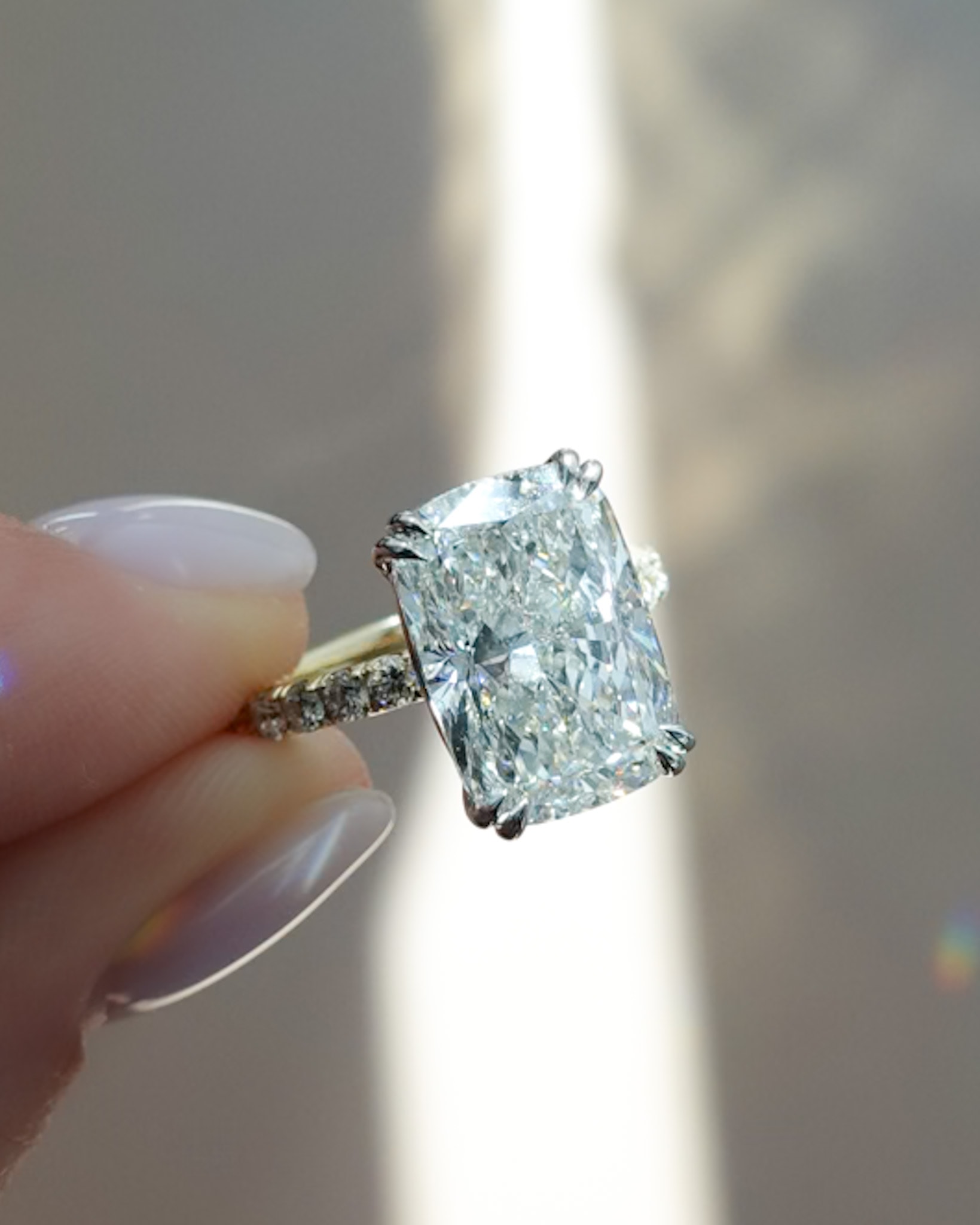Lab-grown diamonds have revolutionized the jewelry industry, offering an ethical and sustainable alternative to traditional mined diamonds. As consumers become more environmentally conscious and aware of the ethical implications of their purchases, lab-grown diamonds present a compelling choice. This article explores the benefits, production processes, and growing popularity of lab-grown diamonds, highlighting why they are an excellent option for modern buyers.
Understanding Lab-Grown Diamonds
Lab-grown diamonds, also known as synthetic or cultured lab grown diamonds, are created in controlled laboratory environments using advanced technology that mimics the natural diamond formation process. The two primary methods used to create lab-grown diamonds are High Pressure High Temperature (HPHT) and Chemical Vapor Deposition (CVD). Regardless of the method, lab-grown diamonds possess the same physical, chemical, and optical properties as natural diamonds, making them indistinguishable to the naked eye.
The Ethical Choice
One of the most compelling reasons to choose lab-grown diamonds is their ethical sourcing. Traditional diamond mining often raises concerns about human rights abuses, environmental degradation, and conflict financing. In contrast, lab-grown diamonds are produced without the ethical dilemmas associated with mining. By opting for lab-grown diamonds, consumers can feel confident that their purchase supports sustainable and responsible practices, making them a popular choice for those prioritizing ethical considerations.
Environmental Benefits
The environmental impact of diamond mining is significant, leading to deforestation, habitat destruction, and soil erosion. Lab-grown diamonds offer a more sustainable option, as their production requires significantly less land and resources. Furthermore, the carbon footprint associated with lab-grown diamonds is considerably lower than that of mined diamonds. By choosing lab-grown diamonds, consumers can contribute to a more sustainable future and help reduce the negative environmental effects of the jewelry industry.
Cost-Effectiveness
Another advantage of lab-grown diamonds is their cost-effectiveness. Because they are produced in labs rather than mined from the earth, lab-grown diamonds can be up to 40% less expensive than their natural counterparts. This price difference allows consumers to invest in higher-quality or larger diamonds without exceeding their budgets. For many shoppers, this affordability makes lab created diamonds an attractive option when seeking to purchase engagement rings or other fine jewelry.
Variety and Customization
Lab-grown diamonds offer a wide range of options, allowing consumers to choose from various shapes, sizes, and colors. This extensive selection makes it easier for buyers to find a diamond that perfectly fits their personal style and preferences. Additionally, many jewelers provide customization services, enabling customers to design unique pieces that incorporate lab-grown diamonds. This level of personalization adds to the appeal of lab-grown diamonds, especially for those looking for distinctive and meaningful jewelry.
High Quality and Certification
When it comes to quality, lab-grown diamonds are on par with traditional diamonds. They undergo rigorous testing and grading to ensure they meet industry standards for clarity, cut, color, and carat weight. Many lab-grown diamonds come with certification from reputable grading organizations, providing buyers with confidence in their purchase. This assurance of quality is essential for consumers seeking the perfect diamond for special occasions.
Growing Acceptance in the Market
The acceptance of lab-grown diamonds has been steadily growing within the jewelry market. Many prestigious jewelers now offer collections that feature lab-grown diamonds, showcasing their beauty and brilliance. This shift reflects a changing perception of lab-grown diamonds, as they are increasingly recognized as a legitimate and desirable alternative to mined diamonds. As more consumers become aware of the benefits of lab-grown diamonds, their popularity continues to rise.
Consumer Education and Awareness
As the market for lab-grown diamonds expands, consumer education is vital. Understanding the differences between lab-grown and mined diamonds can empower buyers to make informed decisions. Jewelers and retailers play a crucial role in providing information about the production processes, ethical implications, and quality comparisons. Increased awareness will likely drive further demand for lab-grown diamonds, contributing to a more sustainable jewelry industry.
Conclusion
In conclusion, lab-grown diamonds offer an ethical, sustainable, and cost-effective alternative to traditional mined diamonds. With their exceptional quality, variety, and growing acceptance in the market, lab-grown diamonds are becoming the preferred choice for many consumers. By choosing lab-grown diamonds, buyers can enjoy the beauty and brilliance of diamonds while making responsible choices that align with their values. As the demand for ethical luxury continues to rise, lab-grown diamonds are poised to redefine the future of the jewelry industry.



